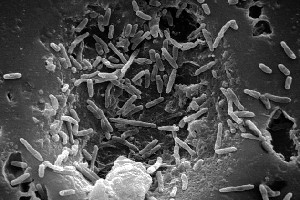
Pre 1960s – Height of infection:
- Up to 40% bTB infected cattle in 1930s (Reynolds, 2006)
- Lack of milk pasteurization = 40,000 human infections annually
- Implementation of movement restrictions and voluntary cattle testing in 1947
1960s – Reduced levels due to cattle testing:
- Compulsory cattle testing further drops bTB levels significantly
1970s – First badger culls:
- Badgers discovered to be infected with bTB in 1971
- Trial badger culls begun in 1975 through hydrogen cyanide gassing of setts (Lodge and Matus, 2014)
- Hydrogen cyanide gassing eventually considered inhumane -> switch to live cage trapping and shooting
1990s – Increasing bTB infections & Krebs Report:
- Rapid increase in new cases, correlated with Foot and Mouth Disease outbreak as replacement herds may have been infected with bTB
- Krebs Report (1997) find link between badger and cattle infection, but actual risk not quantified
- Development of government Five Point Plan to control bTB
1997 to 2008 – Randomized Badger Culling Trials (RBCT):
- Found culling ineffective over long term, unless occurs over large areas of land
- Due to findings, government does not proceed with culling policy in 2008
2010 – A new government, a new policy:
- Farmers allowed to cull badgers for min. 4 years (controversial decision)
- Culling delayed until 2013 due to unknown badger populations and lack of police to regulate culling
2013 to present – Free shooting culls:
- Trial culling by free shooting
- Minimum cull numbers not reached in pilot areas in Somerset and Gloucestshire
- No evidence of effectiveness but culls to be continued anyway…





